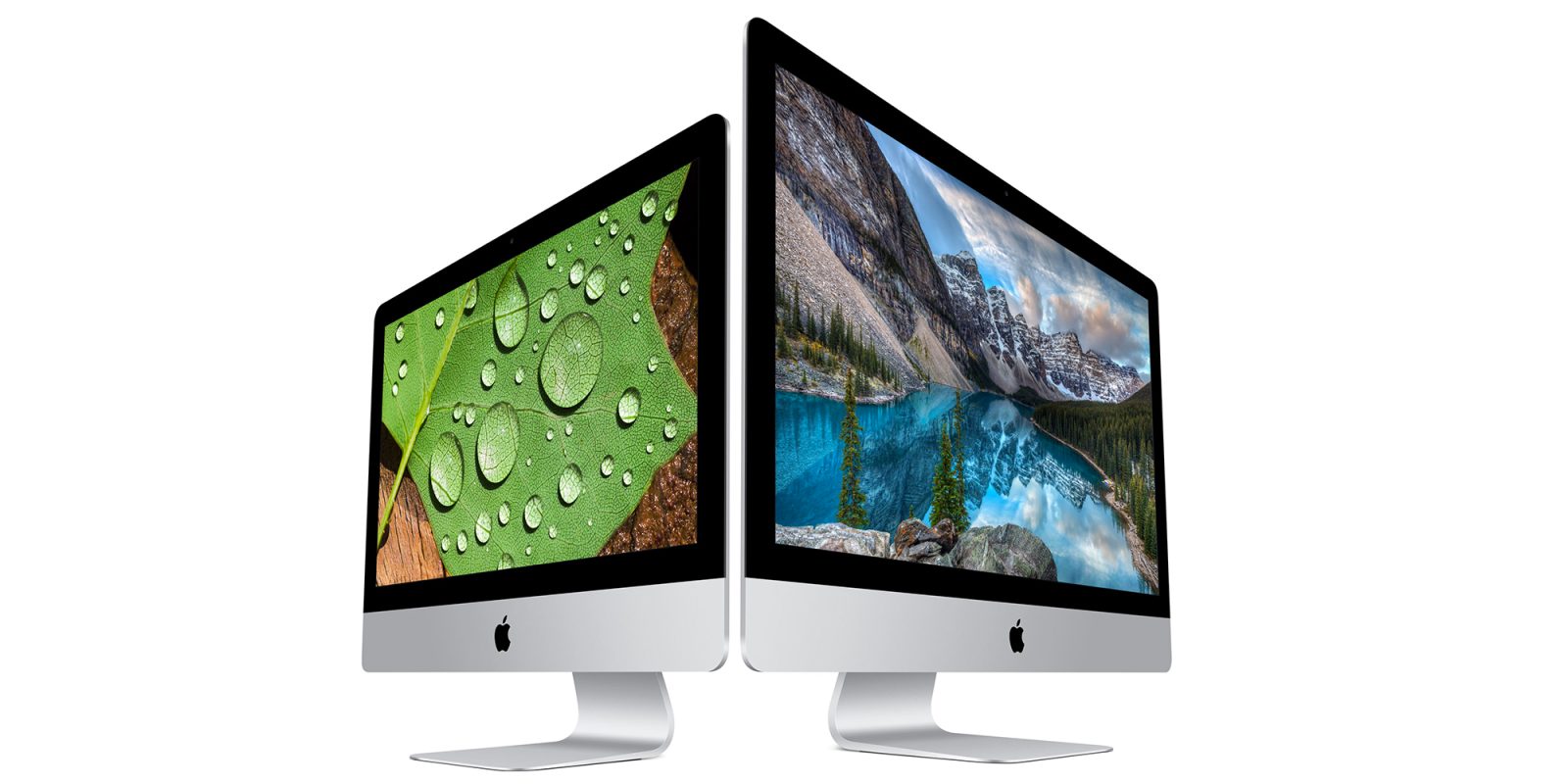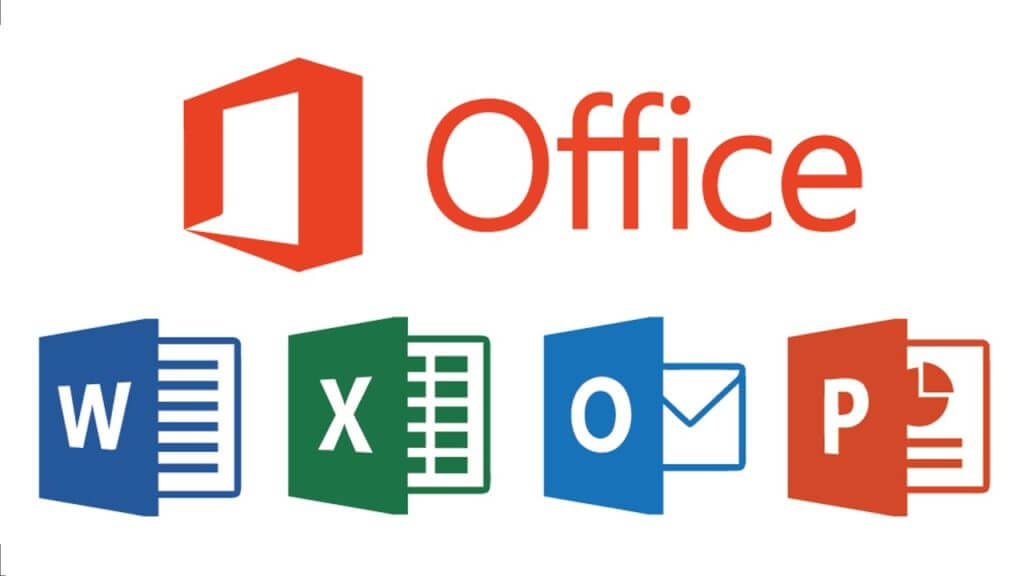Release: January 2018 Update For Office For Mac
Microsoft on Monday released Office 2019, its 'perpetual-license' product for both Windows 10 and the Mac platform. However, the Office 2019 product is only available now for Microsoft's volume licensing customers. 'Volume licensing' applies to organizations that license the software for five or more end users. Consumers right now don't have access to Office 2019, although the product is expected to become available 'in the next few weeks,' according to by Jared Spataro, Microsoft's corporate vice president for Office and Windows marketing. Spataro also noted that Microsoft is planning to release Exchange Server 2019, Skype for Business Server 2019, SharePoint Server 2019 and Project Server 2019 'in the coming weeks,' although the exact timing wasn't described. Office 2019 Applications Office 2019 consists of the traditional Excel, Outlook, PowerPoint and Word productivity applications.
It includes Access, Project, Publisher and Visio applications as well, but only for Windows users. In addition to differences in the included apps, the features within Office 2019 differ between the Windows and Mac platforms, too. New installers of Office 2019 on the Windows platform will get the OneNote for Windows 10 Universal Windows Platform application by default, instead of the desktop version of OneNote, which is called 'OneNote 2016.' However, if an organization had used the OneNote 2016 desktop application and then upgraded to Office 2019, then they'll retain OneNote 2016, according to Microsoft's. Microsoft actually checks to see if the OneNote 2016 desktop application has been used.
Release: January 2018 Update For Office For Mac 2016

If it hasn't been used, then organizations get the Universal Windows Platform app version instead when they install Office 2019. It's actually possible to use the OneNote for Windows 10 app and the OneNote 2016 desktop application side by side on the same system.
If the user is connected to the Internet, the two applications can sync, according to Microsoft's FAQ document. Organizations can still opt to use the OneNote 2016 desktop app instead of the OneNote for Windows 10 app with Office 2019. They can add OneNote 2016 using the, Microsoft explained, in its. However, the OneNote 2016 product eventually will be coming to an end.
OneNote 2016 will be supported through Oct. 14, 2025, per the FAQ document. There doesn't appear to be Microsoft plans to support anything other than the Universal Windows Platform app version of OneNote in the future. More from Ignite 2018.
that the OneNote 2016 desktop application will be the last of its kind, even though the Windows 10 app version of OneNote currently lacks feature parity. For instance, the OneNote for Windows 10 app lacks an offline storage capability and all files have to be stored in Microsoft's OneDrive cloud storage.
That circumstance, where files need to be stored offsite, could be a reason for some organizations to opt for using OneNote 2016 with Office 2019. OneNote for Mac application users who are on the Mac, iPhone, iPad and Android platforms, as well as OneNote Online, are using versions that get updated every month with new features. Nothing will change for these users, Microsoft's FAQ suggested.
Windows Platform Support On the Windows side, Office 2019 is only supported on Windows 10. It's not supported on Windows 7 or Windows 8.1. Organizations using Windows 7 or Windows 8.1 only have access to the new Office applications when they use Office 365 ProPlus, Microsoft's service-enabled product that's available through Office 365 subscriptions. Windows 7 users are supported on Office 365 ProPlus through January 2020, although they can and be supported through January 2023. Windows 8.1 users of Office 365 ProPlus are supported through January 2023. Office 2019 will run on the Windows 10 'semiannual channel' (gets new feature updates twice per year). It's also supported on the 'long-term servicing channel 2018' Windows 10 release (gets new feature updates every 10 years) or on the next long-term servicing channel of Windows Server.
Organizations cannot run Office 2019 simultaneously with Office 2016. That circumstance is true for both the Windows and Mac platforms, according to the. Microsoft recommends uninstalling previous versions of Office before installing Office 2019.
Office 2019 is different from Office 365 ProPlus, which is Microsoft's subscription-based service that gets monthly updates. In contrast, Office 2019 is a one-time purchase that won't get future new feature updates (although security updates will be available). Spataro described Office 2019 as having a 'subset' of the features that were added to Office 365 ProPlus 'over the last three years.' However, it's possible that end users. Microsoft continues to offer Office 2019 to customers that can't make the move to using software as a service.
Release: January 2018 Update For Office For Mac 2017
Moreover, this perpetual-license release of Office won't be the last one, Spataro promised. 'Each time we release a new on-premises version of Office, customers ask us if this will be our last,' he wrote. 'We're pleased to confirm that we're committed to another on-premises release in the future.' However, organizations using Office 2019 will only be able to deploy it using Microsoft's click-to-run (C2R) streaming technology. Microsoft won't provide MSI installation files as in the past.

The C2R technology supports 'volume activation, Group Policy management, administrative control over updates, and integration with management tools such as System Center Configuration Manager,' according to. Spataro also suggested that using C2R technology will make it easier to perform in-place upgrades to Office 2019: The advantages of C2R include predictable monthly security updates, up-to-date apps on installation, reduced network consumption through Windows 10 download optimization technology, and an easy upgrade path to Office 365 ProPlus. C2R offers the same enterprise-focused management capabilities as Microsoft Installer (MSI) based products and will also support an in-place upgrade when you move to Office 2019 from older MSI-based products.
Truncated Support Organizations also need to understand that Microsoft's traditional '5 + 5' years of product support will get truncated in the case of Office 2019 on Windows 10. This product will get five years of 'mainstream' support, followed by two years of 'extended' support, for a total of seven years of support. It's an exception to Microsoft's typical 10-year. Microsoft's explanation for the shorter support period is that 10-year-old software 'is difficult to secure,' according to the 'Office 2019 Commercial for Windows and Mac FAQ' document. In contrast, Office for Mac 2019 users will only get five years of mainstream support in total, per the FAQ document. No mainstream support was mentioned in the FAQ.
Is currently available as part of Office 365 or as a site-licensed stand-alone installer for on-campus installations. Latest Versions Office 2016. to the production track in January, 2018. This version contains security updates that the 15.xx series does not. Feature request: iina player for mac. version 15.35 or later is. this includes a as of August 2016 (version 15.25). avoid using the Office Insider fast track releases (for example, conflicts with ) Installer Shares From Finder on your Mac while on the Brandeis network, Use Go Connect to Server to connect to smb://files.sci.brandeis.edu/software or for the really old version.
Login with your UNet username and password. If you get an error, try entering the username as USERS username - i.e I would enter USERS karel User accounts must be in the Active Directory group bio-ms-install to open this share; many/most of you are already in this group by inheritance. Contact if you are faculty or staff in the Life Sciences at Brandeis about getting your account added to this group. The share is read-only. It may be necessary to copy the file from the installer share to your own computer before proceeding. Getting Updates Whichever version you have, you need to make sure that you are getting. See also Automatic Updates For Office 2016, the update software is Microsoft AutoUpdate.
We recommend setting this to check at least 'weekly' and to download and automatically install new versions (option available as of Nov 2016) Questions and troubleshooting Statistics I can't find the statistics add-in for Excel 2008 (or Excel 2011) there isn't one - use Matlab 'Disk Full' error We have had several users report errors from Microsoft Word (Mac) where the program reports that a file cannot be saved because the disk is full, yet other methods to look at disk space show there is plenty of room. the problems are usually on a single file, often one that has been open and worked on for a long time.
workarounds such as copying all the text to a new file and saving that usually work, or something 'Save As' a different format. see and which assert The brief answer is that Word has opened more temporary files than it can handle.
These temporary files are mostly used for storing Undo information. The longer you spend editing a particular document without closing it, the more temporary files build up. There's no easy fix, but there are two easy workarounds. First, if the document contains page numbers in the header and footer, edit in Normal view rather than Page Layout view. (Each recalculation of page numbers is added to the Undo list, making Word reach the OS's open-file limit sooner.) Second, close and reopen the document periodically to force Word to get rid of the temporary files.
Links and technical notes.